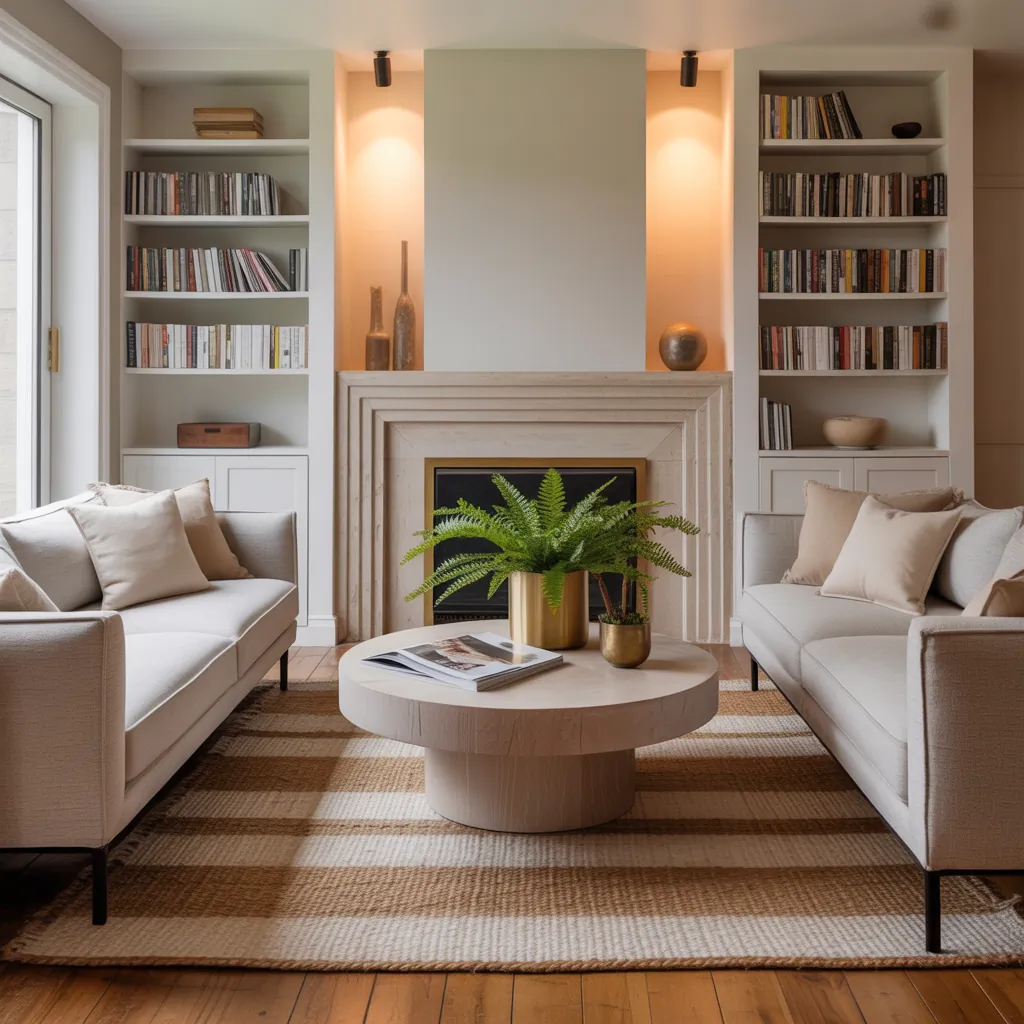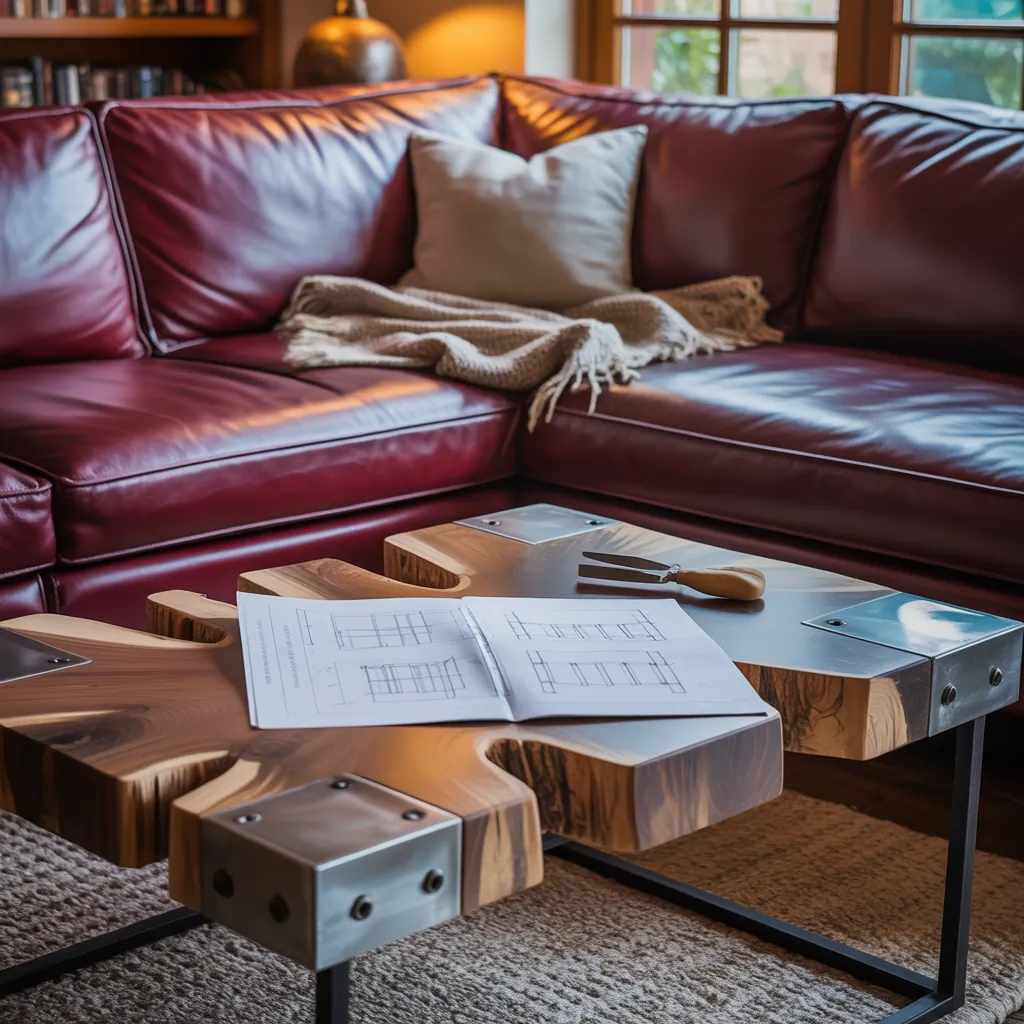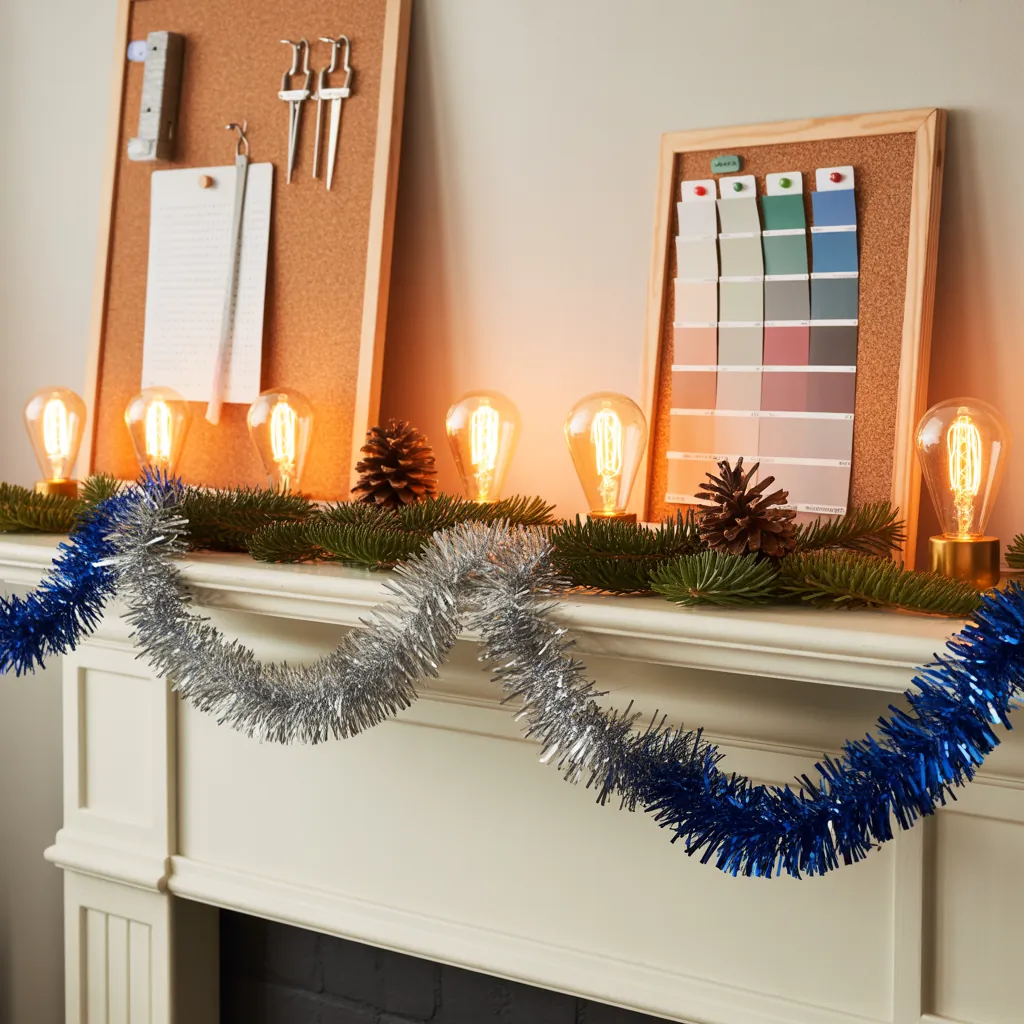Ever pushed your couch against the wall, stepped back, and still felt like your living room just didn’t invite conversation? Or maybe you’ve inherited a bulky loveseat and a sofa and aren’t sure how to make them work in a small or open-plan room. If that sounds familiar, you’re not alone — arranging seating is a common DIY challenge that can transform how your home looks and feels in one afternoon.
Why thoughtful layout matters
A well-planned furniture arrangement improves traffic flow, encourages conversation, and makes the room feel balanced and intentional. Whether you’re working with a compact apartment or an airy open-plan living space, the right sofa and loveseat placement can create a cozy focal point, maximize seating without crowding, and let your personality shine through decor.
Sofa Loveseat Living Room Layout Ideas
Below are versatile layouts, practical DIY tips, and step-by-step improvement ideas to help you place a sofa and loveseat in any living room—small, large, or oddly shaped.
1. Facing each other: Conversation-friendly classic
Place the sofa and loveseat opposite each other with a coffee table between them. This arrangement creates a natural conversation zone and works well in square or moderately sized rooms.
- Spacing tip: Keep 12–18 inches between seating and the coffee table for easy reach.
- DIY tweak: Add a runner or area rug that extends beyond the front legs of both pieces to visually tie them together.
2. L-shaped arrangement: Cozy corner layout
Form an L-shape by placing the loveseat perpendicular to the sofa. Ideal for corners and open-plan spaces, this layout creates an anchored seating area without blocking sightlines.
- Pro tip: Angle the loveseat slightly toward the sofa to make the arrangement feel intentional rather than forced.
- DIY upgrade: Build a low console table or floating shelf behind the loveseat for lamps and decor—easy with basic tools and brackets.
3. Floating layout: Great for open-plan and large rooms
Float the sofa and loveseat away from the walls to craft a dedicated living area. Use a large area rug to anchor the group and create a distinct zone in an open floor plan.
- Traffic lanes: Leave 30–36 inches for main walkways and 18–24 inches between the back of the sofa and any adjacent furniture.
- DIY idea: Use painter’s tape to mark rug and furniture placement on the floor before moving heavy pieces.
4. Angled placement: Add interest to awkward rooms
Angling one or both seating pieces can make an odd-shaped room feel dynamic. This approach works especially well when there’s a diagonal focal point like a fireplace or a TV mounted on a corner.
- Balance: Keep visual balance by placing a floor lamp or tall plant opposite the angled piece.
- Simple DIY: Make a no-sew slipcover or cushion tiebacks to unify mismatched upholstery.
Practical Steps to Plan Your Layout
- Measure the room and furniture: Length, depth, and door swing. Record dimensions.
- Create a scaled floor plan on paper or use a free room-planning app; include rugs and major fixtures.
- Test with tape: Use painter’s tape on the floor to outline furniture footprint—this saves heavy lifting.
- Start with the focal point: Arrange seating around a fireplace, TV, view, or large window.
- Maintain circulation: Ensure clear pathways and comfortable spacing for conversation.
Design Inspiration: Style Tips and Mix-and-Match Ideas
Mix textures, scale, and color to keep your sofa and loveseat ensemble interesting:
- Layer rugs: Place a natural fiber rug beneath a patterned wool rug for depth and durability.
- Play with scale: Pair a substantial sofa with a lighter-profile loveseat to avoid visual heaviness.
- Contrast finishes: Use a wooden coffee table and metal side tables to add contrast and warmth.
- Unify with textiles: Throw pillows and blankets in a shared color palette create cohesion across different seating pieces.
DIY Upgrades to Refresh Your Sofa and Loveseat
Want a fresh look without buying new furniture? Try these doable projects:
- Slipcovers: Make or buy machine-washable covers to instantly change color and texture.
- Replace legs: Swap out worn or dated legs for mid-century tapered or industrial metal options to update scale.
- Add tufted cushions: Sew tufting on loose seat cushions for a custom look (simple kits and tutorials can guide you).
- Reupholstery basics: For committed DIYers, replace fabric panels or re-stuff cushions to extend life.
Small Living Room Solutions
When space is tight, these ideas help you maximize both seating and walkable area:
- Opt for a compact loveseat and a slim sofa or apartment-sized couch.
- Use multifunctional pieces like an ottoman that doubles as a coffee table and extra seating.
- Push the loveseat against a wall and float the sofa to create the illusion of depth.
- Choose light colors and low-profile legs to keep the sightlines open.
Maintenance and Practical Considerations
Keep your arrangement functional over time:
- Plan for cleaning: Ensure there’s room to vacuum and access to sofa sides for dusting.
- Protect floors: Add felt pads to furniture legs and use an area rug under high-traffic zones.
- Adapt seasonally: Rotate cushions and throws to refresh style and comfort through the year.
Frequently Asked Questions
1. What’s the best way to arrange a sofa and loveseat in a small living room?
Place the loveseat against a wall or at a right angle to the sofa to save floor space. Use a slim coffee table or nesting tables to keep the center open. Maintain a 12–18 inch distance between seating and the coffee table, and 30–36 inches for main walkways.
2. How far apart should a sofa and loveseat be for comfortable conversation?
Aim for 8–12 feet between the center of the seating group for larger areas, or keep chairs and sofas within 3–8 feet to encourage easy conversation. Ultimately, proximity should allow comfortable eye contact and unobstructed movement.
3. Can I mix styles between my sofa and loveseat?
Yes. Mix complementary styles by unifying color, texture, or accessory choices. For example, pair a mid-century sofa with a contemporary loveseat and tie them together with matching cushions, a shared rug, or coordinating accent furniture.
Conclusion: Try These Sofa Loveseat Living Room Layout Ideas Today
Rearranging a sofa and loveseat is one of the highest-impact, lowest-cost ways to refresh your living room. From L-shaped cozy corners to floating conversation groups, these sofa loveseat living room layout ideas will help you create a room that’s functional, inviting, and uniquely yours. Start by measuring your space, marking layouts with painter’s tape, and trying one configuration for a week — you’ll quickly see what feels best.
Ready to roll up your sleeves? Explore more hands-on inspiration on our DIY projects page and find complementary design tips in our home design ideas section. If you’re also considering a refresh elsewhere, check out ideas for kitchen upgrades to keep the whole home consistent.
Want personalized layout suggestions for your room? Share measurements and a photo, and try one of these layouts this weekend — then tell us how it went!



